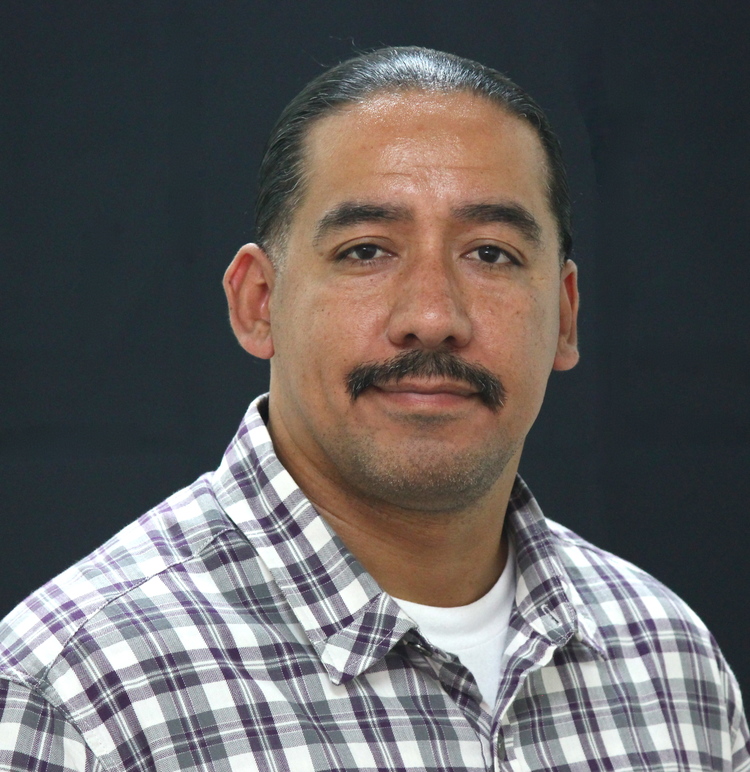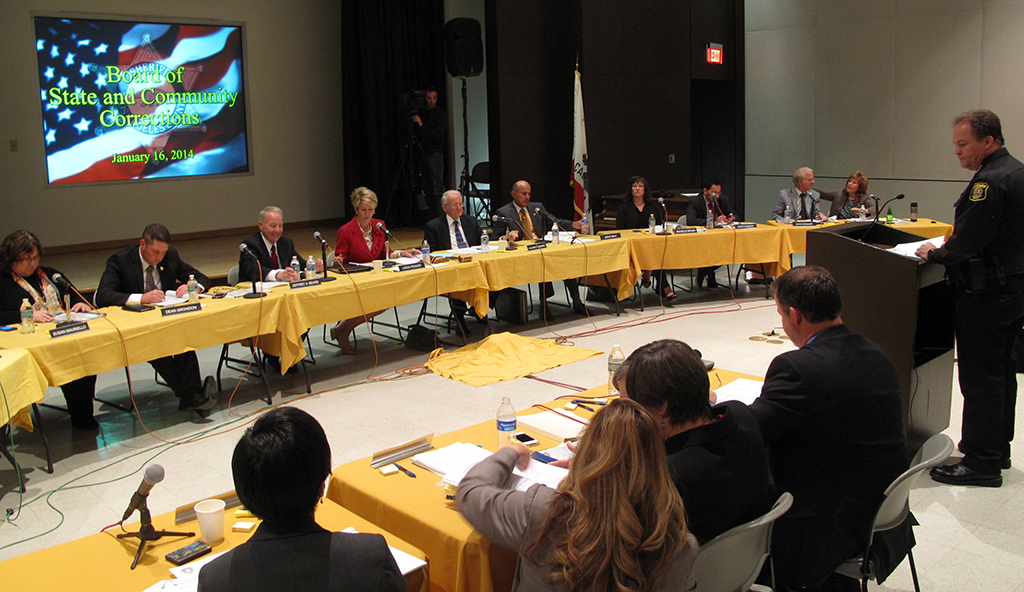California youth advocates are fairly pleased with recommendations on use of pepper spray, shackling, visitation rights and vegetarian meal options for incarcerated youth that came from the Executive Steering Committee of the state Board of State and Community Corrections.

Israel Villa
“This time around was historic; we are advocating for changes that have never been addressed before,” said Israel Villa, a formerly incarcerated youth. “My understanding is that the [board] usually goes with the steering committee's recommendations.”
Villa, the program and policy coordinator for the organization Motivating Individual Leadership for Public Advancement, said he is hopeful the recommendations will be approved.
The committee held a panel with youth advocates last week in preparation for a Feb. 8, 2018 meeting, when the full board will vote on revising statewide regulations for incarcerated youth.
The committee recommended requiring that facilities must document the use of pepper spray on youth. Advocates had been hoping for a ban. California is currently one of five states that allow guards to carry pepper spray inside youth prisons.

Sara Kruzan
Sara Kruzan, a formerly incarcerated youth and program coordinator at Healing Dialogue and Action, said this requirement is a step in the right direction, but that using pepper spray should not be tolerated.
“There is a double standard in place,” she said. “If your children got into a fight at school, it wouldn’t be acceptable to pepper spray them as a form of punishment. That would be considered abuse.”
Villa said the issue of pepper spray goes hand-in-hand with the issue of staff-to-youth ratios.
“If there were more staff members available, these facilities wouldn’t need to rely on pepper spray to handle altercations,” Villa said. “These are kids, and punishment doesn’t help their situations.”
 Youth advocates proposed improving the staff-to-youth ratios, but the committee decided not to recommend action on that matter. Currently, the state requires one adult for every 10 youths during the day, and one adult to 30 youths during the night.
Youth advocates proposed improving the staff-to-youth ratios, but the committee decided not to recommend action on that matter. Currently, the state requires one adult for every 10 youths during the day, and one adult to 30 youths during the night.
The committee also suggested new regulations that would prohibit the general use of shackles. Instead, the facility would be required to conduct individualized assessments before each use.
Kruzan said she is worried that this proposed regulation will fall short.
“I’m concerned about who will be making that discretion regarding shackles, and why we are still OK with shackles being used on our youth,” she said. “I can’t align myself with a system that treats youth in a way that doesn’t even match our values as a community.”
Executive Steering Committee meetings are designed to provide direction and focus to the revision process by identifying critical issues, providing direction to workgroups that propose revisions and making a final recommendation to the full board. The full board is expected to make a final decision on revisions to Juvenile Titles 15 and 24 regulations by April 2018.
Revisions to California’s regulations were last made in 2014, but there is no particular rule for when a state reviews its regulations for youth facilities, according to the National Center for Juvenile Justice.
The committee also suggested that facilities should be required to process requests for vegetarian meals, and supportive adults should not be barred from visiting incarcerated youth simply because of the adults’ conviction history.
Overall, Kruzan said these regulations should guide facilities to treat youth in a trauma-informed manner, rather than with a punitive approach.
“Anyone who is working with youth should be looking at the factors that contributed to their situations,” she said. “In my case, my trauma was never acknowledged and the phrase ‘child sex-trafficking survivor’ was never used. No one knew how to handle me, so I was criminalized.”
Hello. The national Knight Foundation and the Democracy Fund like our work so much that they have agreed to match donations of up to $1,000 per person. They will spend up to $28,000 through the end of December.
So this would be an especially good time to donate to the Juvenile Justice Information Exchange. Any money you give us up to $1,000 will be doubled.
Our independent journalism on the juvenile justice system takes a lot of time, money and hard work to produce. But we believe it’s crucial — and we think you agree.
Thanks for listening.
